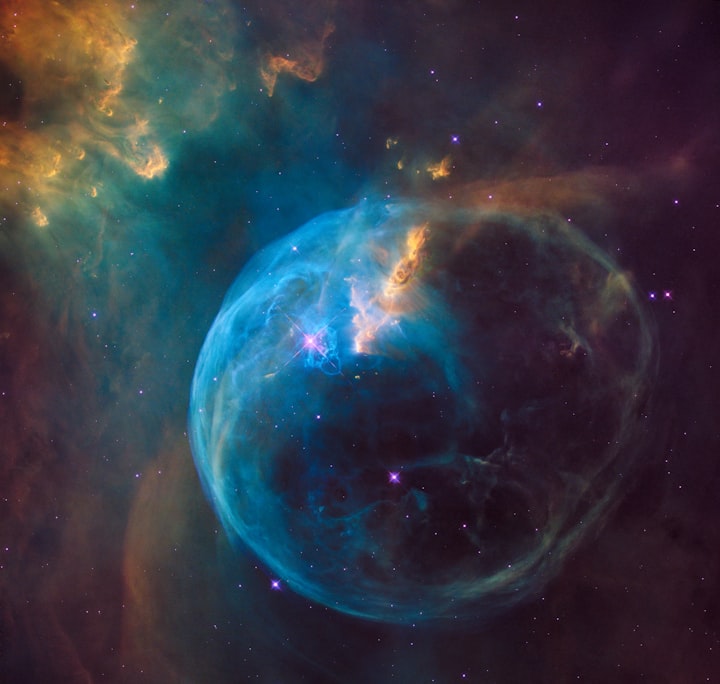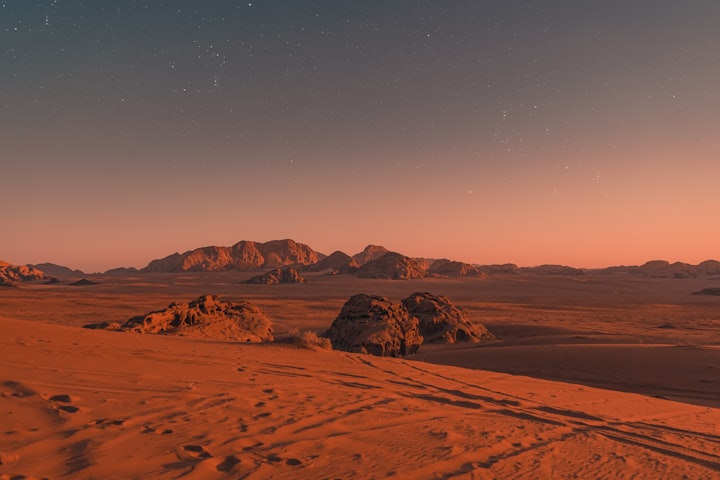A supernova explosion is one of the most spectacular and cataclysmic events in the cosmos, marking the explosive death throes of a massive star. These cosmic fireworks not only captivate the imagination but also play a crucial role in the evolution of galaxies, dispersing elements essential for life as we know it. In this article, we will delve into the awe-inspiring phenomenon of supernova explosions, exploring their causes, classifications, and the profound effects they have on the universe.
I. The Birth of a Supernova:
Stars, the celestial furnaces that illuminate the night sky, are classified by their mass. Massive stars, several times more massive than our Sun, live relatively short lives compared to their smaller counterparts. When such a massive star exhausts its nuclear fuel, it reaches a critical point where gravitational forces overcome the pressure from nuclear fusion, leading to a dramatic collapse.
This collapse triggers an explosive rebound, resulting in a supernova. There are two primary mechanisms by which a supernova can occur: Type II supernovae, associated with the collapse of massive stars, and Type Ia supernovae, which involve a white dwarf in a binary system accumulating mass beyond a critical limit.
II. The Anatomy of a Supernova Explosion
- Type II Supernovae:
Type II supernovae are born from stars with masses greater than eight times that of our Sun. As these massive stars run out of nuclear fuel, the core contracts under gravitational forces until it reaches a critical density. This collapse is followed by a powerful shockwave that tears through the star's outer layers, causing a brilliant explosion visible across vast cosmic distances.
The intense heat and pressure generated during a Type II supernova give rise to the synthesis of heavy elements, including gold, silver, and uranium. These elements are then scattered into space, enriching the interstellar medium with the building blocks necessary for the formation of new stars, planets, and, eventually, life.
- Type Ia Supernovae:
Type Ia supernovae involve a different process. In a binary star system, one of the stars can be a white dwarf—a remnant of a star that has exhausted its nuclear fuel. If the white dwarf accretes enough material from its companion star, it can exceed a critical mass known as the Chandrasekhar limit. At this point, the white dwarf undergoes a runaway nuclear fusion reaction, leading to a spectacular explosion.
Type Ia supernovae are particularly valuable to astronomers as they have a consistent brightness, making them "standard candles." This uniform brightness allows scientists to measure cosmic distances accurately, contributing to our understanding of the expanding universe.
III. The Impact on Surrounding Space:
In 2022 scientist unveiled that a distant supernova explosion, situated billions of light years away, possessed such staggering power that it "temporarily destroyed" a portion of Earth's ozone layer in 2022.The telescope captured evidence of this cosmic event on October 9 of the previous year, revealing a jet of high-energy photons moving towards Earth, indicative of a supernova explosion 1.9 billion light years distant. Described as a gamma-ray burst (GRB), astronomers dubbed it the "brightest of all time (BOAT)."
In the latest revelation, researchers have determined that this burst, lasting almost 7 minutes, scorched one side of Earth's ozone layer. The burst caused a measurable alteration in the quantity of ionized particles in the Earth's upper atmosphere, including ozone molecules that absorb harmful solar radiation, as reported by the New York Times

- Shockwaves and Elemental Synthesis:
The shockwaves generated by supernova explosions are powerful enough to compress and heat surrounding interstellar gas. This compression initiates the fusion of lighter elements, leading to the formation of heavier elements. As a result, supernovae are the primary sources of elements crucial for life, such as carbon, nitrogen, and oxygen.
The dispersal of these newly formed elements enriches the interstellar medium, providing the raw materials for the formation of subsequent generations of stars and planetary systems. In essence, supernova explosions are cosmic alchemists, transforming simple atomic ingredients into the diverse array of elements that populate the universe.
- Galactic Recycling:
Supernova explosions play a pivotal role in the life cycle of galaxies. The ejected material, laden with heavy elements, becomes part of the galactic ecosystem, contributing to the formation of new stars, planets, and even life. This galactic recycling ensures that each generation of stars inherits the chemical legacy of its predecessors, creating a dynamic and evolving cosmic tapestry.
IV. Observing Supernovae from Earth:
- Historical Significance:
Throughout history, humans have observed supernovae in the night sky, often interpreting them as significant omens. One of the most famous historical supernovae is SN 1006, which was recorded by observers around the world in the year 1006. Today, advancements in technology and astronomy allow scientists to detect and study supernovae across the electromagnetic spectrum, from radio waves to gamma rays.
- Astronomical Surveys and Citizen Science
Modern astronomical surveys, equipped with powerful telescopes and detectors, actively search the night sky for transient celestial events, including supernovae. Citizen science initiatives, such as the Zooniverse's "Supernova Hunters," engage the public in the discovery and classification of supernovae from the comfort of their homes. These collaborative efforts expand our understanding of supernovae and contribute to ongoing research.
Supernova explosions are cosmic spectacles that not only mark the dramatic end of massive stars but also shape the very fabric of the universe. From the synthesis of heavy elements to the enrichment of the interstellar medium and the ongoing cycle of galactic recycling, these celestial events leave an indelible mark on the cosmos. As astronomers continue to explore and study supernovae, their insights deepen our understanding of the universe's intricate dance of life, death, and rebirth.






Comments
There are no comments for this story
Be the first to respond and start the conversation.